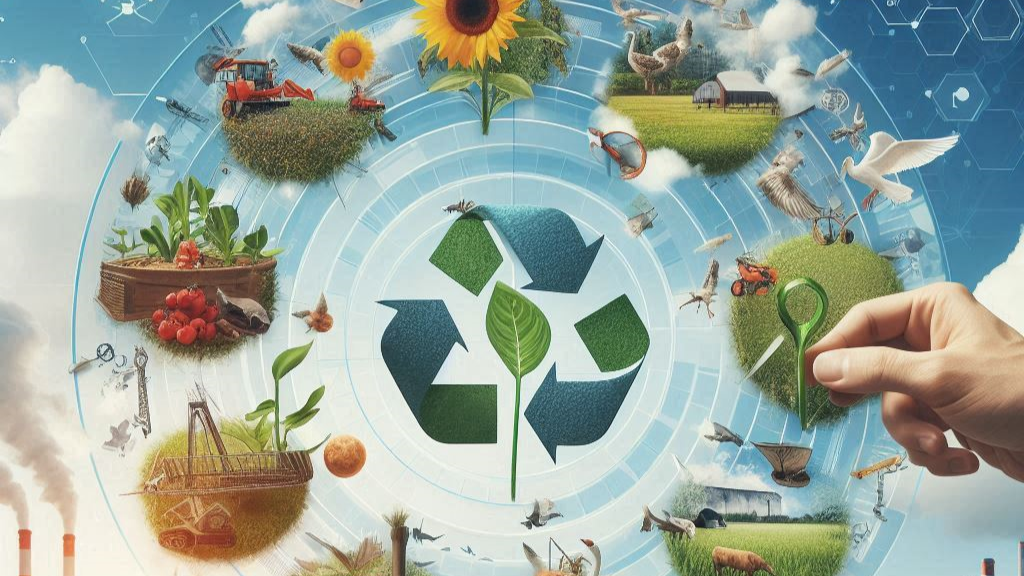If your favourite object were to undergo an LCA, you would discover that it has a more turbulent past than an adventure novel: extraction, production, transport… and a surprise ending in recycling!
- From analysis to improvement, LCA phases
- From construction to agriculture
- Challenges and developments towards a circular economy
From analysis to improvement, LCA phases
Life Cycle Assessment (LCA) is a fundamental tool for assessing the environmental impact of a product or service throughout its life cycle.
Its main benefits include identification of the most impactful steps, cost savings through resource optimisation, and improved production efficiency.
It consists of four main steps: the first is the definition of the objectives and boundary, in which the scope of the LCA and the boundaries of the system are established, deciding which aspects to include in the analysis.
The second phase involves alife cycle inventory, where quantitative data is collected on resources used and emissions generated; the aim is to identify the areas with the greatest environmental impact.
Third stage is the assessment of environmental impacts , which translates the collected data into concrete indicators, measuring effects such as climate change and pollution.
Fourth and final stage concerns theinterpretation of the results: improvement strategies are identified.
From construction to agriculture
More and more companies are turning to recycled materials and energy-efficient technologies to reduce their environmental impact.
LCA helps companies differentiate themselves in the market, supports evidence-based strategic decisions and fosters sustainable innovation.
It also increases transparency towards customers and stakeholders, improves corporate image and facilitates compliance with environmental regulations.
Assessing theentire pathway of building materials is crucial, and this tool gives a clear view of which solutions are most environmentally friendly.
Low-carbon cements₂, recycled materials and energy-efficient technologies are revolutionising the industry, contributing to more sustainable and less energy-intensive buildings.
From cultivation to distribution, LCA helps to understand and reduce the impacts of the food supply chain. Indeed, farms are working to lower transport-related emissions and improve waste management through the use of natural fertilisers and more efficient irrigation systems.
Challenges and developments towards a circular economy
One of the main obstacles in the use of LCA is the difficulty of obtaining accurate data: often the available information is incomplete or outdated, making the analysis more complicated.
Furthermore, deciding which parts of the life cycle to include in the study can greatly influence the results, adding further complexity.
Therefore, the ‘LCA Analyst’ is becoming a key figure, especially with the increasing focus on sustainability. Fortunately, artificial intelligence and big data are transforming the industry, enabling more accurate analyses and the use of predictive models to simulate future scenarios and find more effective solutions.
LCA is also gaining increasing regulatory relevance: governments and institutions are adopting it to set clearer environmental standards and incentivise responsible practices. Companies are also integrating it into their strategies to improve transparency and reduce environmental impact.
Between 2025 and 2030, the demand for professionals with expertise in environmental assessments is set to grow.
The role of the LCA Analyst requires advanced technical skills, critical thinking and adaptability. It is one of the professions of the future, essential to guide companies and institutions towards more conscious and sustainable choices.
Play for the planet!
